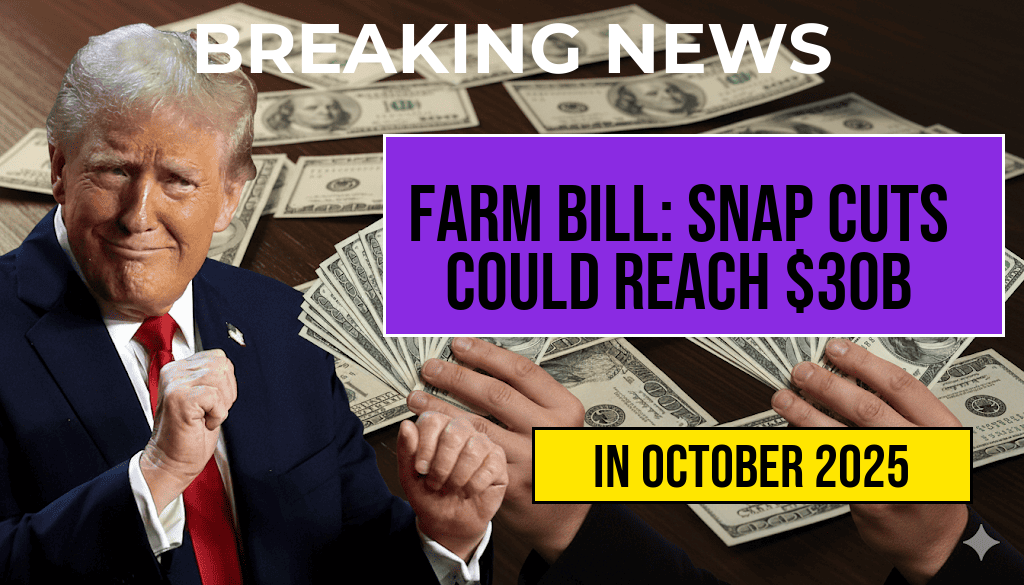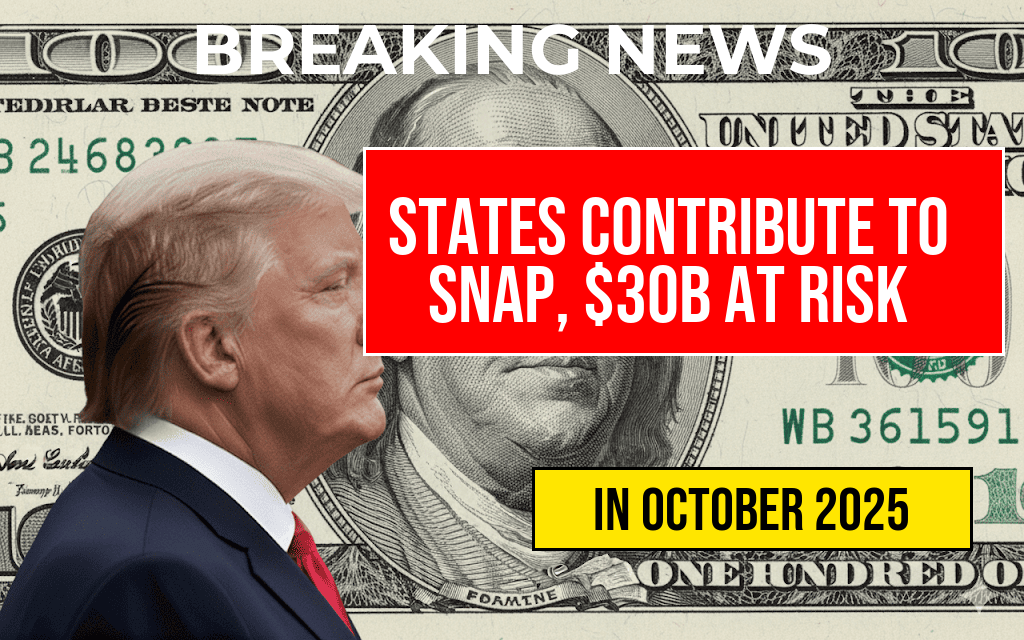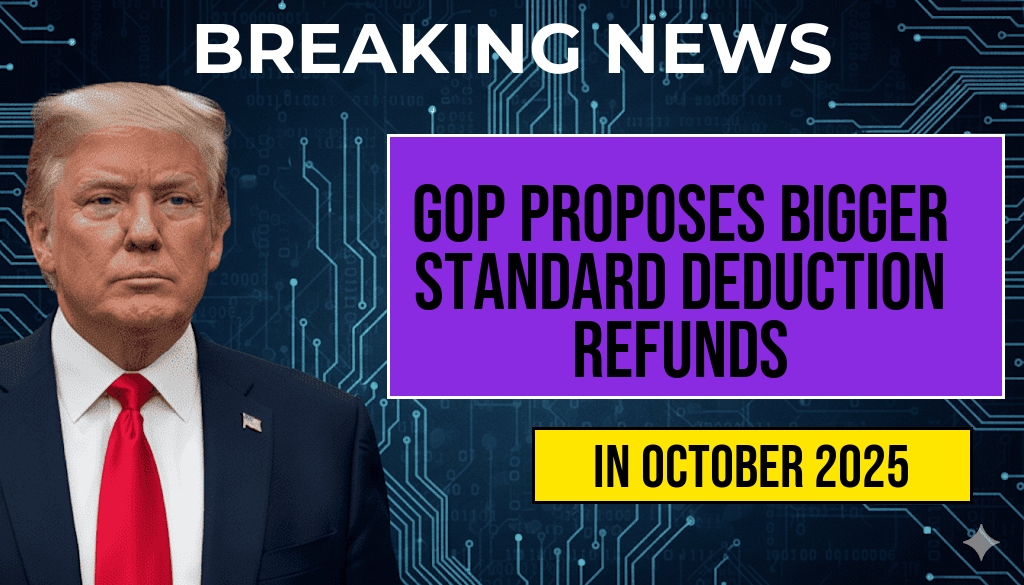The ongoing debate surrounding the Farm Bill has intensified as proposed adjustments to the Supplemental Nutrition Assistance Program (SNAP) could lead to a staggering $30 billion reduction in funding over the next decade. This significant cut is expected to have profound implications for millions of American families who rely on SNAP benefits to help manage their grocery budgets. As lawmakers grapple with the complexities of agricultural policy and food assistance, stakeholders from various sectors are voicing their concerns about the potential impact of these changes on food security and nutrition across the nation.
Understanding the Proposed Changes
The Farm Bill, a comprehensive piece of legislation that governs federal agricultural and food programs, is typically reauthorized every five years. The current proposal includes adjustments to SNAP that aim to streamline benefits and address program integrity but has raised alarms among advocates for low-income households.
Key Components of the Proposal
- Funding Reductions: A proposed cut of $30 billion over ten years has sparked fears of reduced access to food assistance.
- Work Requirements: Changes to work requirements for recipients could limit eligibility for some individuals, particularly those in challenging job markets.
- Benefit Adjustments: Potential modifications to how benefits are calculated may impact the purchasing power of SNAP recipients.
The Impacts on Households
For many families, SNAP benefits are crucial for affording nutritious food. According to the U.S. Department of Agriculture, about 42 million Americans benefit from SNAP, making it a vital part of the social safety net. The proposed cuts could lead to increased food insecurity, particularly in low-income communities.
Statistics on SNAP Usage
| Year | Participants (Millions) | Average Monthly Benefit |
|---|---|---|
| 2020 | 42.0 | $121.00 |
| 2021 | 41.5 | $155.00 |
| 2022 | 41.2 | $182.00 |
Responses from Lawmakers and Advocates
Lawmakers are divided on the proposed adjustments. Supporters argue that reforms are necessary to ensure the efficiency of taxpayer dollars and encourage self-sufficiency among beneficiaries. However, critics warn that these changes could exacerbate existing inequalities and lead to a rise in hunger and malnutrition.
Advocacy Groups Weigh In
Organizations such as the Feeding America network have expressed strong opposition to the proposed cuts, emphasizing that food insecurity affects not only individual families but also the overall health of communities. They argue that reducing SNAP funding would disproportionately affect vulnerable populations, including children, the elderly, and disabled individuals.
The Economic Considerations
Beyond the immediate social impact, the proposed SNAP adjustments could have broader economic implications. Economists suggest that every $1 invested in SNAP generates approximately $1.50 in economic activity. A reduction in SNAP benefits could limit consumer spending, particularly in grocery stores and local markets that rely on these purchases.
Potential Long-term Effects
The long-term effects of these proposed adjustments remain uncertain. Critics fear that not only will immediate access to food be compromised, but also that the overall health outcomes of affected populations could decline, leading to higher healthcare costs in the future.
Conclusion of the Current Debate
The Farm Bill discussion is far from over, with negotiations ongoing in Congress. As the clock ticks towards the bill’s reauthorization deadline, stakeholders are urging lawmakers to consider the far-reaching consequences of their decisions. The balance between fiscal responsibility and the need for food assistance will remain a contentious issue as the nation works to address both agricultural and nutritional needs.
Frequently Asked Questions
What is the main controversy surrounding the Farm Bill?
The main controversy revolves around the proposed SNAP adjustments that may lead to a significant cut of $30 billion over the next decade, which many argue could adversely affect grocery budgets for low-income families.
How will the proposed SNAP adjustments affect low-income families?
The proposed adjustments to SNAP could potentially reduce benefits, making it harder for low-income families to afford nutritious food, thereby impacting their overall grocery budgets.
What are the expected savings from the SNAP adjustments?
The expected savings from the adjustments are projected to be around $30 billion over ten years, which advocates for the cuts claim will help in reducing government spending.
Why are some lawmakers in favor of cutting SNAP funding?
Some lawmakers argue that cutting SNAP funding is necessary to address budget deficits and encourage fiscal responsibility, believing that it will promote self-sufficiency among recipients.
What are the potential consequences of these cuts on the economy?
The potential consequences of these cuts could include increased food insecurity, higher demand for food banks, and a negative impact on local grocery stores that rely on SNAP transactions.













